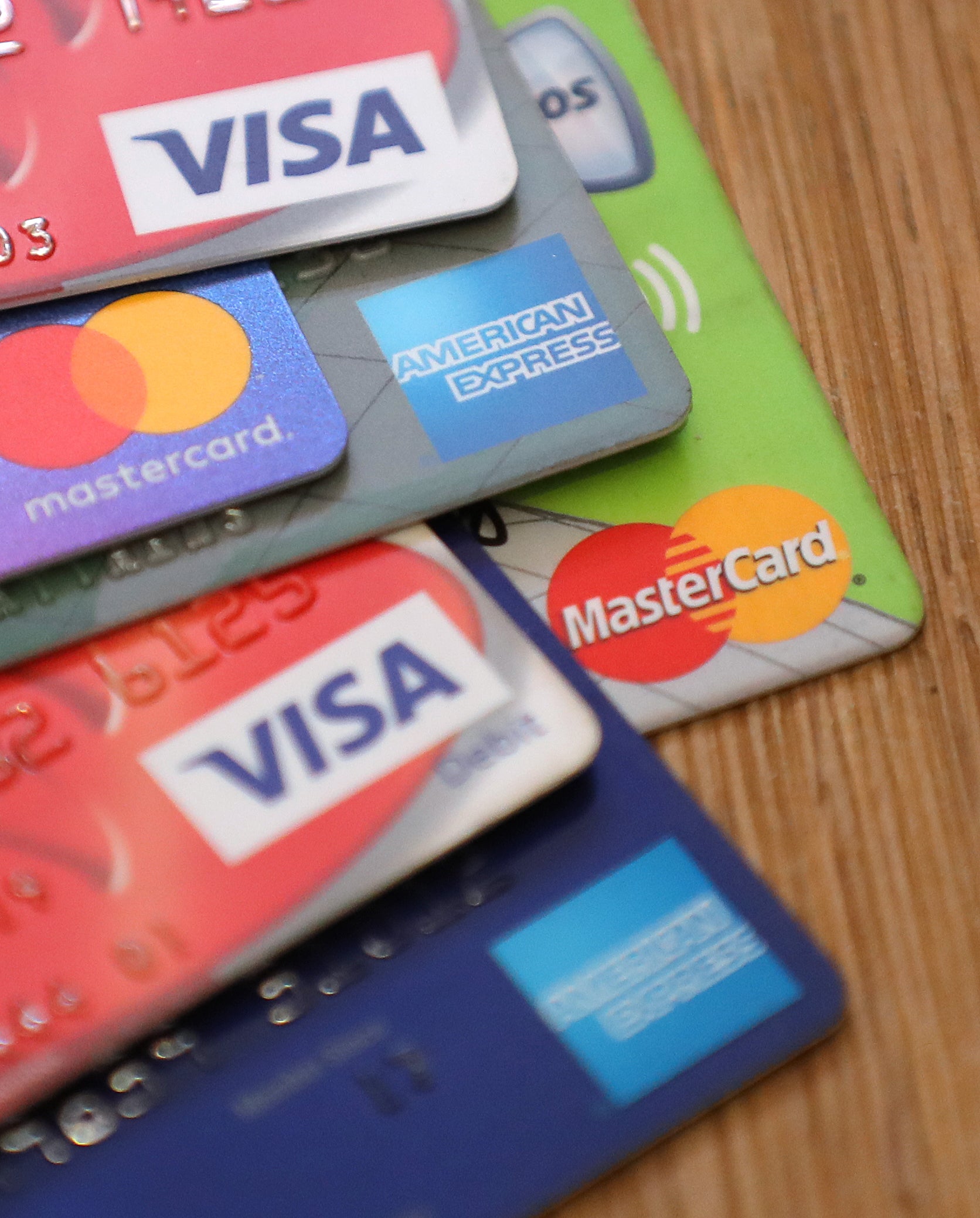People ‘turning to credit as painfully high bills eat into incomes’
Households are turning to credit to maintain their standard of living, experts have suggested.

Your support helps us to tell the story
From reproductive rights to climate change to Big Tech, The Independent is on the ground when the story is developing. Whether it's investigating the financials of Elon Musk's pro-Trump PAC or producing our latest documentary, 'The A Word', which shines a light on the American women fighting for reproductive rights, we know how important it is to parse out the facts from the messaging.
At such a critical moment in US history, we need reporters on the ground. Your donation allows us to keep sending journalists to speak to both sides of the story.
The Independent is trusted by Americans across the entire political spectrum. And unlike many other quality news outlets, we choose not to lock Americans out of our reporting and analysis with paywalls. We believe quality journalism should be available to everyone, paid for by those who can afford it.
Your support makes all the difference.Credit card borrowing increased at the fastest annual rate since 2005 in July, according to Bank of England figures.
Finance experts pointed to the figures as evidence that households are turning to credit and any savings to cope with “painfully high” bills and falling real wages.
The annual growth rate for all consumer credit, which also includes overdrafts, personal loans and car finance, increased to 6.9% in July, which was the highest rate since March 2019 (7.2%).
Within this, the annual growth rate for credit card borrowing was 13.0%, while for other forms of consumer credit it was 4.5%, the Bank’s Money and Credit report said.
These were the highest rates since October 2005 (13.7%) and March 2020 (5.6%) respectively, it added.
Savings built up during the pandemic are being used up and people are now turning to credit to maintain their standard of living as soaring inflation, painfully high energy bills and falling real wages eat into disposable incomes
Households were also shoring up less money into their accounts than they did in the months leading up to the coronavirus pandemic.
An additional £4.6 billion flowed into bank, building society and NS&I accounts in July. This was up from £3.0 billion in June, but below the average monthly net flow of £5.5 billion seen during the 12-month pre-pandemic period leading up to February 2020.
Alice Haine, personal finance analyst at investment platform Bestinvest, said: “The rise in consumer credit borrowing reflects just how strained people’s finances are now becoming amid the cost-of-living crunch.
“Savings built up during the pandemic are being used up and people are now turning to credit to maintain their standard of living as soaring inflation, painfully high energy bills and falling real wages eat into disposable incomes.”
Thomas Pugh, an economist at audit, tax and consulting firm RSM UK, said: “We expect consumers to reduce their saving over the winter to offset some of the impact of the 80% jump in energy prices that will take effect in October.”
Gabriella Dickens, a senior UK economist at Pantheon Macroeconomics, said: “The incentive for households to use their savings to pay off debt, instead of supporting their consumption, will grow as interest rates continue to rise.
“Access to credit also might tighten if the unemployment rate starts to increase soon.”
The number of mortgage approvals made to home buyers increased slightly to 63,800 in July, from 63,200 in June, which is below an average of 66,800 in the months leading up to the coronavirus pandemic.
Approvals for re-mortgaging, which only capture re-mortgaging with a different lender, increased to 48,400 in July, from 43,300 in June.
This was also below the pre-pandemic average of 49,500 in the months leading up to the first UK coronavirus lockdown in early 2020.
The “effective” interest rate – the actual interest rate paid – on newly drawn mortgages increased to 2.33% in July – the highest figure since June 2016 (2.39%).
Many buyers are pulling the trigger now to lock in today’s rate rather than paying even more later
Lawrence Bowles, director of research at estate agent Savills, said: “There have been 471,665 mortgage approvals so far in 2022, which is more than in any year between 2017 and 2020.
“The stamp duty holiday introduced at the end of the first Covid-19 lockdown kickstarted a surge in transaction activity, with mortgage approvals peaking at 107,458 in November 2020.
“However, activity remained strong throughout the whole of 2021 and into 2022.”
Mr Bowles added: “It may seem odd that mortgage approvals have remained so strong in the face of rapidly rising interest rates.
“But with rates expected to continue to increase over the next couple of months, many buyers are pulling the trigger now to lock in today’s rate rather than paying even more later.
“But, we do expect to see activity slow as winter creeps in, and higher interest rates and rocketing energy bills put greater pressure on household finances.”
Hina Bhudia, a partner at Knight Frank Finance, said: “We’re getting large numbers of calls from borrowers with mortgages soon up for renewal that are worried about their mortgage payments.
“These are often people that locked in two-year fixes of between 1.2% and 1.8% a couple of years ago and are now facing fixed rates of anywhere between 3.2% and 3.5%.
“That’s a huge jump for most people and will be equivalent to hundreds of pounds a month in extra costs on average loan sizes.”
Large non-financial businesses repaid £1.8 billion of bank loans in July, compared with £4.1 billion of borrowing in June.
Small and medium-sized businesses, meanwhile, made net loan repayments for the 16th month in a row.